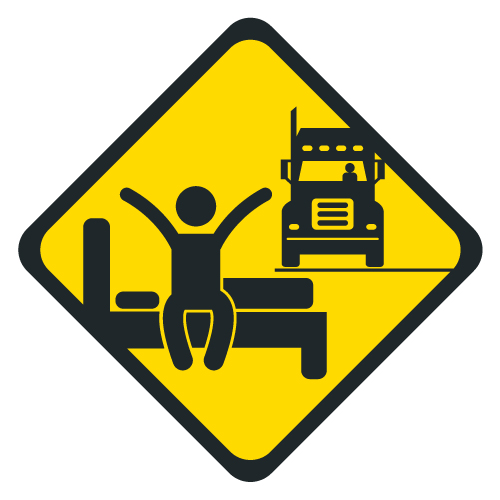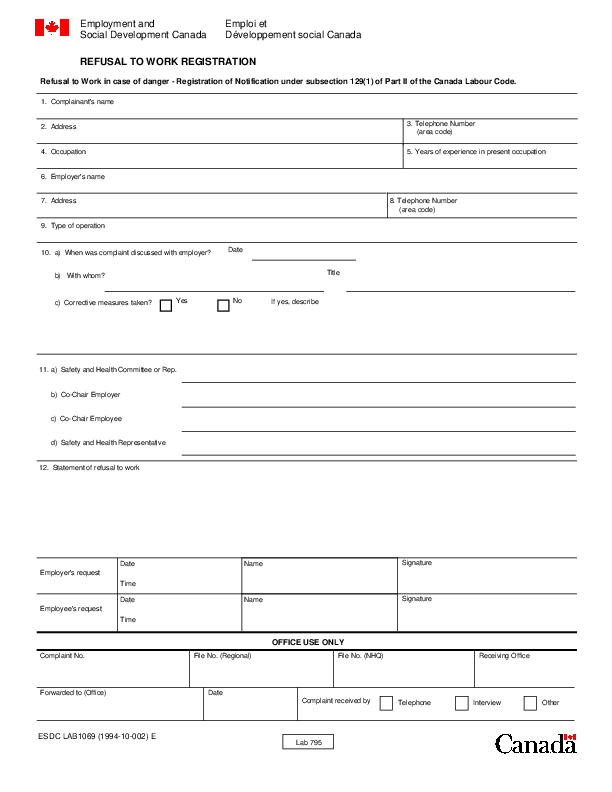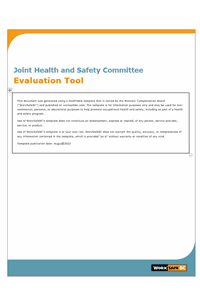
Tips for Staying Alert and Preventing Drowsy Driving
Being a diligent driver starts with being aware – drowsy driving is preventable.
Sleepiness can slow down your reaction time, decrease awareness, impair judgment, and increase your risk of crashing. Whenever you are getting ready to drive, ask yourself, “Am I alert enough to operate a 3,000-pound moving machine on public roads?”
Before getting into the car with someone or driving yourself, ask the following:
1. Are you sleep-deprived or fatigued? Are you suffering regularly from sleep problems? Less than 6 hours of sleep triples your risk of falling asleep while driving!
2. Are you planning to drive long distances without proper rest breaks?
3. Will you be driving through the night, mid-afternoon, or when you would normally be asleep?
4. Are you taking medications that can make you sleepy such as antidepressants, cold tablets, or antihistamines?
5. Have you been working for more than 60 hours a week? A tightly-packed work schedule increases your risk of drowsy driving by 40%.
6. Have you been working more than one job and your main job involves shift work?
7. Did you drink alcohol? Even a small amount of alcohol can have an impact on your body.
Be proactive. Plan every short and long trip ahead of time. Ask a friend to join you on long-distance drives, so that your companion can help look for early warning signs of driver fatigue and switch drivers when needed.
8 Drowsy Driving Warning Signs to Watch for:
1. Finding it hard to focus on the road, frequent blinking, or heavy eyelids
2. Starting to daydream, wandering eyes, and have disconnected thoughts
3. Having trouble remembering the last few miles driven
4. Missing an exit or ignoring traffic signs
5. Yawning repeatedly or rubbing your eyes
6. Finding it hard to keep your head up or nodding off
7. Drifting from your lane, tailgating, or hitting a shoulder rumble strip
8. Feeling restless and irritable, or becoming aggravated with common annoyances such as sitting in traffic.
If you notice these warning signs for drowsy driving, pull over to a safe place and get some rest, stretch, or drink a caffeinated beverage. Continue driving when you feel alert and refreshed.
Specific At-Risk Groups for driving sleep-deprived
Some groups of drivers are at greater risk for drowsy-driving crashes. Research has shown there are 5 key groups of focus.
– Young drivers — especially males under 25 years old.
– Shift workers and people with long work hours — working the night shift can increase your risk of drowsy driving by nearly six times. Rotating-shift workers and people working more than 60 hours a week need to be particularly careful.
– Commercial drivers — especially long-haul drivers. At least 15% of all heavy truck crashes involve fatigue and sleep-deprived driving.
– People with undiagnosed or untreated disorders — People with untreated obstructive sleep apnea have up to seven times the risk of falling asleep at the wheel.
– Business travelers — who spend long hours driving or may be jet-lagged from a previous trip.
For more information about drowsy driving, visit the Drowsy Driving Prevention Week page to learn more.
Stay up to date and sign up for one of our newsletters for more topics on Fatigue Management, Wellness and more!
Latest Resources
LAB 1069-Refusal to Work Registration
The Employer’s Investigation Report (LAB1069) is a required form under Part II of t ...
Joint Health and Safety Committee Evaluation Tool
This evaluation tool helps assess the effectiveness of a Joint Health and Safety Comm ...

